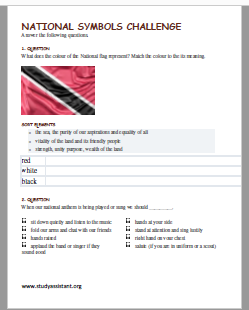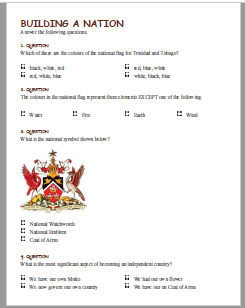Summary

THE NATIONAL FLAG
Trinidad and Tobago was to be granted Independence on August 31, 1962. The National Flag was designed by the Independence Committee. Its colours are red, white and black.
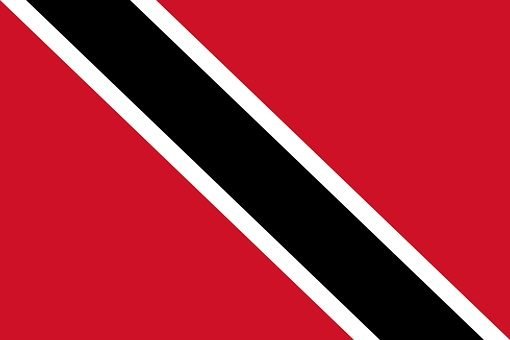
Red on the flag is most expressive of our country. It represents the vitality of the land and its people; it is the warmth and energy of the sun, the courage and friendliness of the people.
White is the sea by which these lands are bound: the cradle of our heritage; the purity of our aspirations and the equality of all men under the sun.
Black represents the dedication of the people joined together by one strong bond. It is the colour of strength, of unity, of purpose and of the wealth of the land.
The colours chosen represent the elements Earth, Water and Fire which encompass all our past, present and future and inspire us as one united, vital, free and dedicated people.
PAGE BREAK
COAT OF ARMS
The Coat of Arms includes Trinidad and Tobago’s motto “Together We Aspire, Together We Achieve“. It seeks to promote harmony in diversity or national achievement.
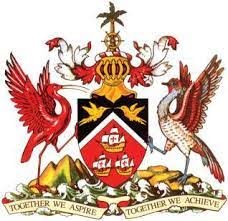
Features:
- Two hummingbirds – The national birds
- Three ships of the period of Christopher Columbus. They also represent the Trinity
- Two islands arising from the sea
- A Scarlet ibis and a Cocrico (native to Tobago)
- Three peaks -principal motifs of Trinidad’s early British Colonial Seals and Flag-Badges. They commemorated both Columbus’ decision to name Trinidad after the Blessed Trinity and the three Peaks of the Southern mountain range, called the “Three Sisters” on the horizon.
- A ship’s wheel
- The fruited Coconut Palm dates back to the great seals of British Colonial Tobago in the days when the Island was a separate administrative unit.
- The motto “Together We Aspire, Together We Achieve”.
- red and white wreath
THE NATIONAL FLOWER

The Chaconia (Warszewiczia) is a flaming red forest flower of the family Rubianceae. They are mostly central and South American tropical trees. The most famous of the genus is W. coccinea (Chaconia), the national flower of Trinidad and Tobago.
The title is in honour of the last Spanish Governor of Trinidad and Tobago Don Jose Maria Chacon. The flower blooms on every anniversary of our Independence. It colour matches the flaming red of the Flag and the Coat of Arms.
THE NATIONAL BIRDS

The Cocrico (Rufous-Vented Chachalaca) is a native bird of Tobago and Venezuela. It is also referred to as the Tobago Pheasant. It is the size of a common fowl, with long tail. They flock in about six. Their quaint calls can be heard early in the morning or late in the evening. This is a protected bird.

Scarlet Ibis (Eudocemus Ruber) is a neo-tropic species of exotic bird wildlife found in the Northern parts of South America. Trinidad sits on the continental land shelf of South America, as a result the birds can be found in the Caroni Swamp of Central Trinidad. This bird is brown when young, but changes to red as it matures. You can see the Scarlet Ibis on our one-dollar bill. This bird is a protected bird.
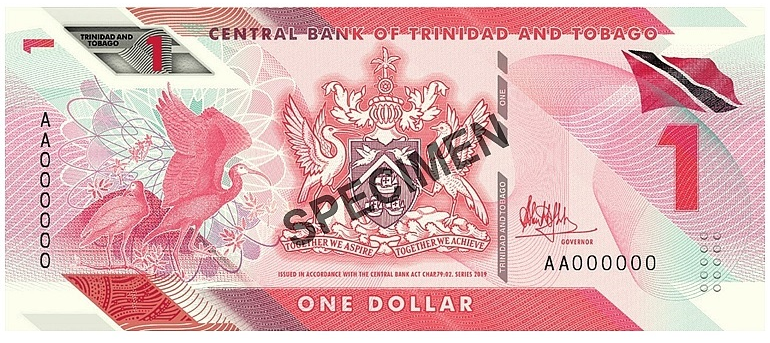
COMPREHENSION ACTIVITY
- What colour is the Scarlet Ibis and the Cocrico?
- Describe the Scarlet Ibis and the Cocrico?
- Where does the Scarlet Ibis live? Where would you find the Cocrico?
- Where can we find the picture of the protected birds of Trinidad and Tobago?
- Why are these birds (the Cocrico and Scarlet Ibis) protected birds?
THE NATIONAL PLEDGE
THE INDEPENDENCE PLEDGE
By Marjorie Padmore
I solemnly pledge
To dedicate my life
To the service of my God
And my country.
I will honour
My parents, my teachers,
My leaders and my elders
And those in authority.
I will be Clean and honest
In all my thoughts,
My words and my deeds.
I will strive In everything I do
To work together with my fellowmen
Of every creed and race
For the greater happiness of all
And the honour and glory
Of my country. Source
THE NATIONAL ANTHEM
THE NATIONAL ANTHEM
Forged from the love of liberty,
In the fires of hope and prayer,
With boundless faith in our Destiny,
We solemnly declare,
Side by side we stand,
Islands of the blue Caribbean Sea,
This our Native Land,
We pledge our lives to Thee,
Here every creed and race finds an equal place,
And may God bless our Nation,
Here every creed and race finds an equal place,
And may God bless our Nation.
Patrick S. Castagne composed the words and music of the National Anthem in 1962.
The National Anthem should be shown the respect by standing to attention; men should remove their headdress; and the officers in uniform, Red Cross Society, and scouts should all salute.


Others stand at attention.

THE NATIONAL WATCHWORDS
“I have given to the Nation as its watchwords, Discipline, Production, Tolerance. They apply as much to you the young people as to your parents.”From a message from Dr. Eric Williams to the Youth of the Nation at an Independence Youth Rally, Queen’s Park Oval on 30th August 1962.

These words have the following meaning:
- Discipline is both individual and national so no one can put their interest ahead of the interest of the nation.
- Production is necessary to enjoy wealth.
- Tolerance is necessary for us to have acceptable behaviour towards “every creed and race” .
PAGE BREAK
THE NATIONAL INSTRUMENT

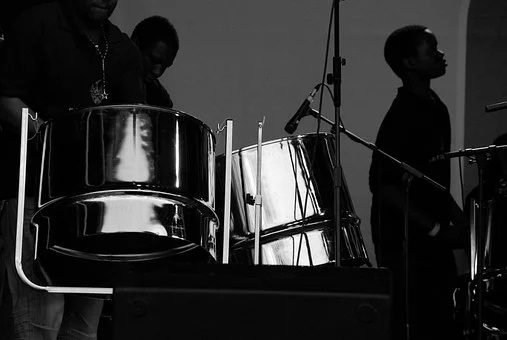
The steelpan is a percussion instrument of the idophone class and indigenous to Trinidad and Tobago. It is made from a steel drum or container.
THE ORIGINS OF STEEL PAN
The steel pan is the only new acoustic instrument of the 20th Century. Steel pan adds to the rich cultural traditional of the Carnival celebrations in the country of Trinidad and Tobago. It birth is the result of local resources: the petroleum industry, and the ingenuity of the people.
The steel pan was developed by the African-descendants who were looking for musical instrument for their carnival revelries. First the bamboo stalks were used. It provided a rhythmic, percussive sounds . Bands called Tamboo Bamboo bands were formed. Then the oil drums, which was by pure accident, followed. The early players found that steel-pans produced different pitch as the surface was stretched. In the early development of the pan instruments, there were the doo doop (a two-note steel pan), the ping pong (an eight-note steel pan), the tenor, seconds, the guitar,, and the bass pan.
As time passed by, the production of the pan got better for every carnival season. The segments on the surface of the pan were better tuned to develop lower notes. Anthony Williams from the band North Stars and the late Rudolph Charles (Hammer) from the band The Desperadoes were two popular pan tuners. The bands often clash in the early times. The last of the major clash took place in 1958.

In the early 1960s, two foreign priest/musicians entered the steel band movement: Fr, Tim Corcoran, an Irish Catholic priest, and Fr. John Seawell, an Anglian priest from Scotland. Their involvement encouraged the modern steel orchestra where the middle class became involved in the steel bands.
SOURCE:
Waithe, E., Worrel, F. (2003). “The Development of the steel pan in Trinidad and Tobago“
Nailis. “National Symbols“, https://www.nalis.gov.tt/resources/subject-guide/national-symbols
Video:
Worksheets
Click here for more worksheets


